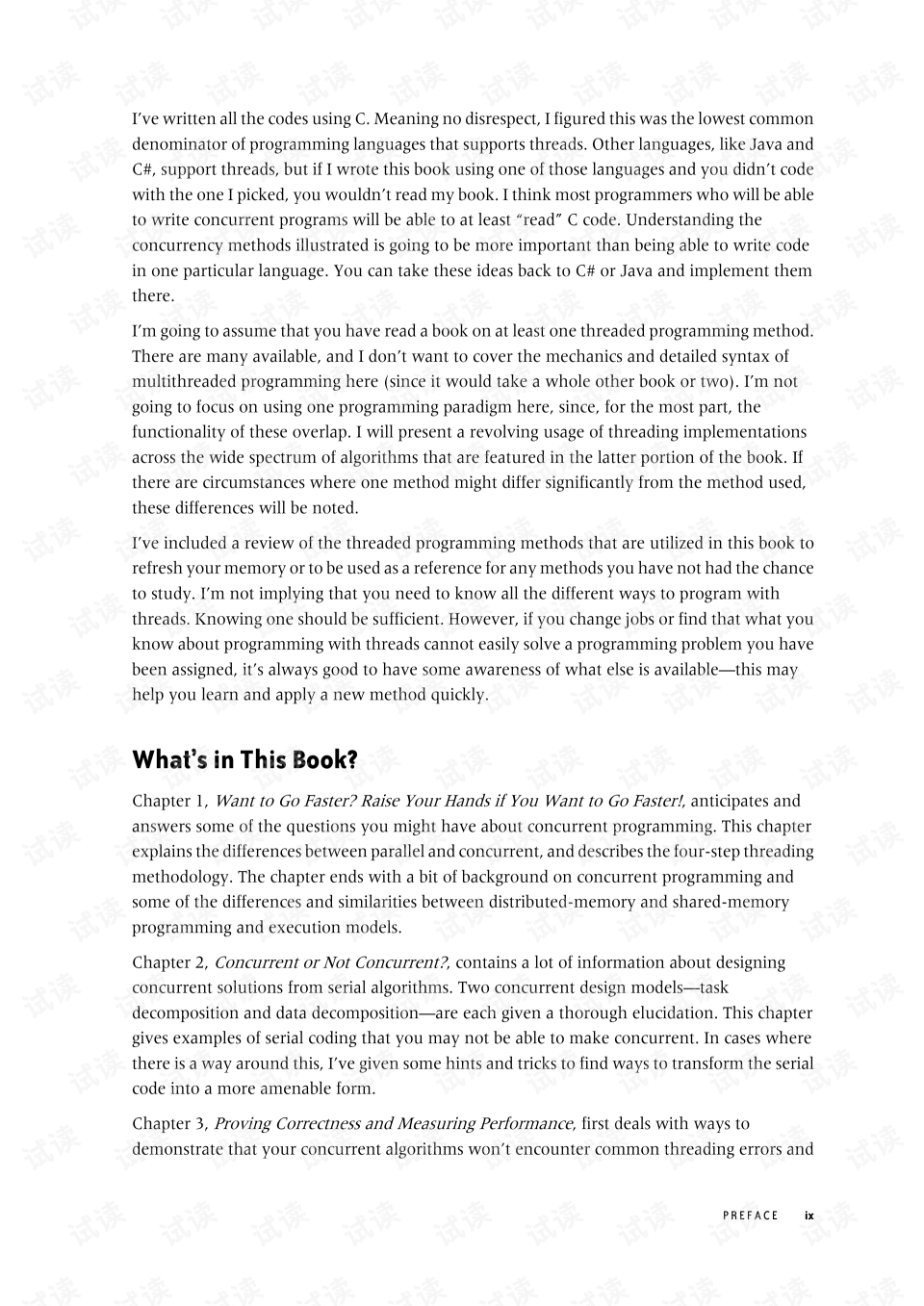Title: Mastering the Art of Tie-Dye: Transforming Everyday Objects into works of Whimsical Artistry
Tie-dye, an ancient art form that has gained immense popularity in recent times, involves the intricate process of tying patterns and colors onto everyday objects. The technique not only adds a unique touch to clothing, accessories, and home decor items but also allows for endless creativity and self-expression. To master the art of tie-dye, one must first learn the basic techniques such as selecting suitable materials, creating designs, and applying color schemes. Once the basics are covered, experimentation with different combinations of colors and textures is key to unlocking the full potential of this vibrant craft. As individuals experiment with different tie-dye techniques and create their own distinctive styles, they gain a sense of pride in their work and develop a deeper appreciation for the beauty of this timeless art form. Through mastering the art of tie-dye, individuals can transform ordinary objects into works of whimsical artistry, adding a touch of magic and wonder to their lives.
Introduction:
Tie-dye, a centuries-old craft that has been embraced by artists and enthusiasts worldwide, is a unique art form that combines color, texture, and creativity. This ancient technique involves wrapping fabric or paper in colorful dye and then submerging it in a solution to create intricate patterns and designs. Over the years, tie-dye has evolved into various styles, including traditional Japanese shibori, African print, and contemporary art. In this article, we will explore the world of tie-dye, focusing on how you can transform everyday objects into works of whimsical artistry using this simple yet versatile craft.

Getting Started with Tie-Dye:
Before you dive headfirst into tie-dyeing your favorite items, it's essential to gather the necessary supplies. These include:
1、Fabric or paper: Choose a sturdy and flexible material that can withstand the dyeing process. Cotton is an excellent choice for clothing and accessories, while paper can be used for projects like bookmarks, cards, and even wall art.
2、Dye: There are many types of tie-dye dye available, ranging from solid colors to natural plant extracts. For beginners, it's recommended to start with pre-mixed dye packets or powders that come in a variety of colors. Look for brands that are specifically designed for tie-dyeing, as they are typically more reliable and have better colorfastness.
3、Rubber gloves: Protect your hands from the dye by wearing rubber gloves during the process.
4、Container: A plastic container with a lid is ideal for rinsing and storing your tied items. Make sure it's big enough to hold your chosen materials comfortably.

5、Water: A large bowl or sink is needed for soaking your fabric or paper in water before adding the dye.
6、Stirring tool: A wooden spoon or plastic utensil is necessary for mixing the dye and water together before applying it to your materials.
7、String or wire rack: A long string or wire rack is required to secure your tied items after they've been dyed.
Once you have your supplies, it's time to start tying! Here are some simple tips to get you started:
1、Plan your design: Before you dive into the actual tie-dyeing process, take some time to brainstorm ideas for your project. Consider factors like color palettes, patterns, textures, and scale when choosing a design. Print out templates or sketches to guide you if necessary.
2、Prepare your materials: Carefully wash and dry your chosen item(s) before starting the tie-dyeing process. If using fabric, iron it to remove any wrinkles or creases that may affect the final appearance of your tied product.

3、Apply the dye: Fill your container with warm water and add a small amount of dye according to package instructions. Mix the dye well until it's fully dissolved before transferring it to another container with cool water. Dip your tied item(s) into the dye mixture, making sure to cover all areas evenly. Let it sit for the recommended time before removing it from the dye bath and placing it in the rinse container with cool water to dilute the dye. Repeat this process as many times as necessary until the desired color is achieved.
4、Secure your tied item(s): Once your tied item(s) have been fully dyed, use a string or wire rack to hang them up and let them dry completely. The drying time may vary depending on the type of fabric or paper you're working with and the intensity of the dye; it can take anywhere from a few hours to several days.
Conclusion:
Tie-dyeing is an incredibly versatile and fun art form that allows you to express your creativity through color and texture. With just a few basic supplies and some patience, anyone can learn how to tie-dye and transform ordinary objects into works of whimsical artistry. So go ahead, experiment with different techniques and colors, and see where your imagination takes you! Who knows – you might just discover a new passion for tie-dyeing that lasts a lifetime!
Articles related to the knowledge points of this article:
Title: Where to Buy a Tie: A Comprehensive Guide for the Modern Man
Folding Winter Coats: A Step-by-Step Guide
Title: The Art of Tie Knots: A Guide to Perfecting Your Wedding Attire
Title: The Enchanting World of Silk Scarves: A Visual Journey



